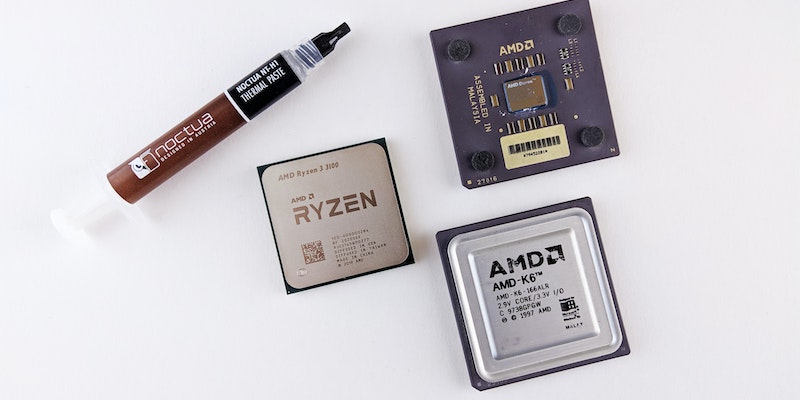The tech world is abuzz with the unveiling of AMD’s highly anticipated Phoenix 2 APUs. Featuring a unique hybrid Zen 4 and Zen 4C configuration, these chips promise to revolutionize the industry with their efficient design and impressive performance. AMD has made it clear that their approach to hybrid chips will be distinctly different from Intel’s P-Core and E-Core design, setting themselves apart as a true competitor in the market.
APU Configuration and Features
A closer look at the die shot reveals the standout features of the Phoenix 2 APUs. AMD has equipped these chips with a significant L3 cache, providing ample storage for data and instructions. The configuration boasts a combination of 2+4 cores, with the Zen 4 and Zen 4C cores working in harmony. This unique arrangement enables the APUs to optimize performance for various tasks, striking the perfect balance between power and efficiency.
In a clear indication of their commitment to versatility, AMD has integrated DDR5 and LPDDR5 interfaces onto the die. This implies that the Phoenix 2 APUs are designed to seamlessly integrate into laptops and compact PCs, catering to the growing demand for efficient and portable computing solutions. Users can expect a substantial boost in system performance and memory capabilities with these cutting-edge interfaces.
AMD has also gone all out in the graphics department by incorporating the “GFX103” RDNA 3 GPU IP into the Phoenix 2 APUs. This promises to deliver exceptional graphics and unparalleled performance-per-dollar value, making these chips a lucrative option for both gamers and professionals who rely heavily on graphics-intensive applications.
AMD’s approach and future plans
When it comes to adopting Zen 4 and Zen 4C cores in their APUs, AMD’s strategy emphasizes efficiency and affordability. The decision to blend these two core architectures positions AMD as a leading innovator in the market as they seek to strike a perfect balance between performance and cost-effectiveness. By utilizing the strengths of each core type, AMD aims to create a solution that not only meets the demands of users but also maximizes the efficiency of their systems.
While the Phoenix 2 APUs provide a glimpse into AMD’s hybrid chip approach, industry enthusiasts can brace themselves for an even more refined implementation in the upcoming Strix ‘Ryzen 8000’ APU family. Set to debut in the coming year, the Strix ‘Ryzen 8000’ APUs will represent a more mature iteration of AMD’s design philosophy, building upon the successes and learnings from the Phoenix 2 APUs.
Rollout and Performance
AMD has been strategic in its approach to rolling out the Phoenix 2 APU lineup, ensuring that it caters to specific platforms that can fully maximize the potential of these chips. This deliberate release strategy allows AMD to fine-tune the compatibility and performance of their APUs, ensuring a seamless user experience.
Early tests have revealed some interesting insights about the Phoenix 2 APUs’ performance. At default clock speeds, the Zen 4C cores on the chip showcase slightly lower performance compared to the Zen 4 classic cores. However, the Zen 4C cores exhibit higher efficiency at lower frequencies, while the Zen 4 classic cores excel at higher frequencies, offering the best performance per watt. This dynamic performance profile allows users to optimize their system’s performance based on their specific workload requirements.
The unveiling of AMD’s Phoenix 2 APUs, with their hybrid Zen 4 and Zen 4C configuration, marks a significant milestone in the pursuit of efficiency and performance. With a focus on delivering a seamless user experience and cost-effectiveness, AMD has established itself as a formidable player in the industry. Through careful integration of DDR5 and LPDDR5 interfaces and the inclusion of the “GFX103” RDNA 3 GPU IP, AMD proves that their APUs are designed to cater to the demands of modern computing needs.
As the Phoenix 2 APUs take center stage, it becomes apparent that this innovative design is just the beginning for AMD. The upcoming Strix ‘Ryzen 8000’ APU family promises even greater strides in performance and efficiency, solidifying AMD’s position as a pioneer in hybrid chip technology. With AMD’s continued focus on innovation, users can look forward to a future where computing power and affordability go hand in hand.

